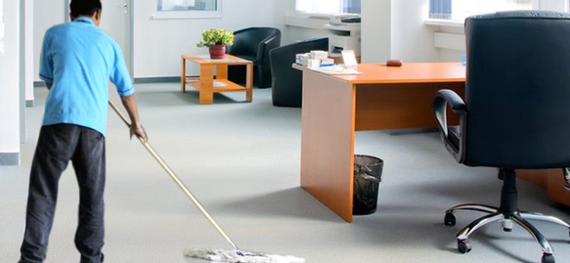A question I often get is: “How should I bid this job?” Given that the two biggest line items on any budget are labor and overhead/profit, what is usually meant by the original question is how many cleaning labor hours should I figure for this job. Since graduating from Civil Engineering school, I have been bidding on jobs from $5,000 to $10,000,000 in size in a few different industries. No matter the industry, this is the perennial question: “What is it going to take to do the job?” For janitorial companies, this is a labor production rate question. Let me offer 3 ways to answer this “how much” question.
Industry Production Averages
The ISSA and other groups have produced standard cleaning rates for a variety of cleaning tasks. For instance, restroom fixtures on average take 2 to 3 minutes to clean. Vacuuming can be done at a rate of 8,000 sf/hr or more. Using these standard rates, one can break down a building into the various areas and then calculate the time it would take to perform the necessary tasks. The downside to using standard rates is that they are just an average and radically differ from building to building depending upon a host of factors. So while this is a good place to start, you should not bank your bid on such rates.
Your Company Averages
A much better method of predicting your production rates is to look at existing customers and figure your own internal production rates. While you may not break down task by task production rates, you will be able to assess production rates of general areas or building types. For instance, you may find that medium density office buildings clean at a rate of 4500 sf/hr whereas high-density, cubicle filled office buildings clean at a rate of 3500 sf/hr. Knowing your own internal labor production rates will give you a great starting point for bidding a new job.
Gut Feeling
Every good estimator has a certain level of intuition when it comes to their craft. This is not some rash conclusion or lazy bidding effort, but a real intuition of what it takes to get the job done. Experienced estimators with many successful projects under their belt may not be able to put into words the reasons for their bid modifications, but nonetheless their hunches usually turn out right. The more you bid, the better your intuition will become.
It is my suggestion that you build your production rates upon YOUR COMPANY averages then modify those rates on a case by case basis as your bidding experience increases. Let the numbers be your guide.






